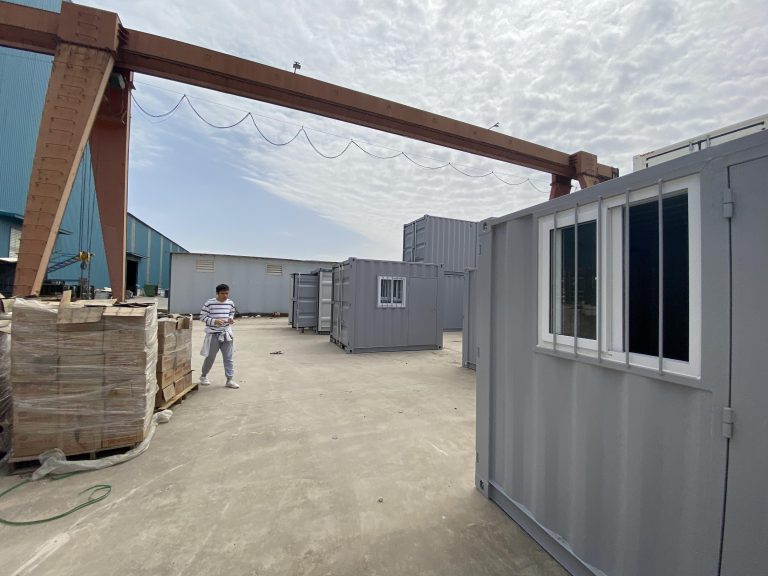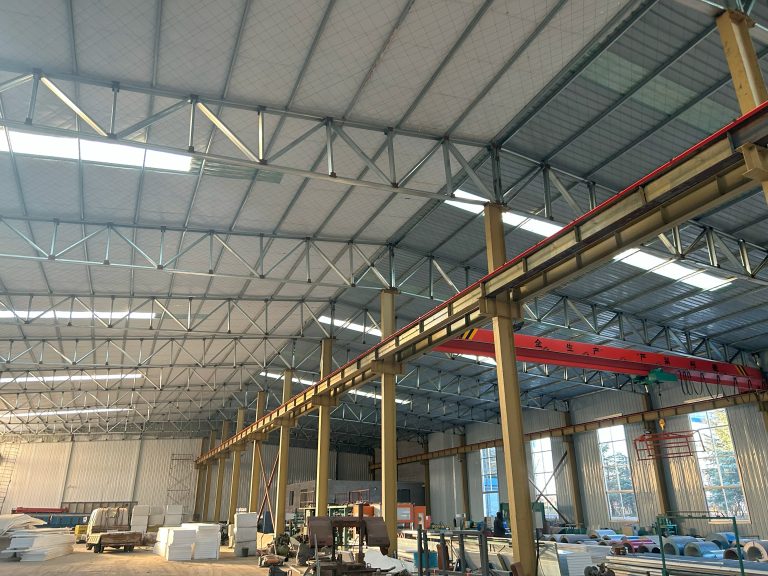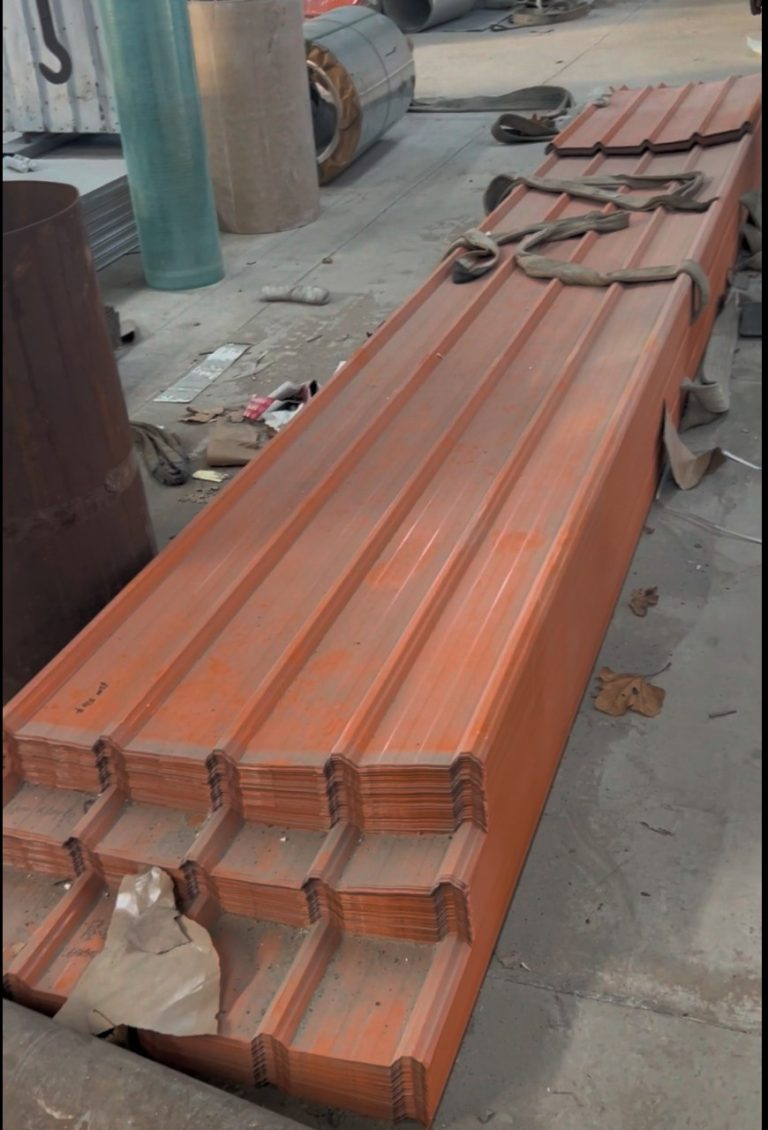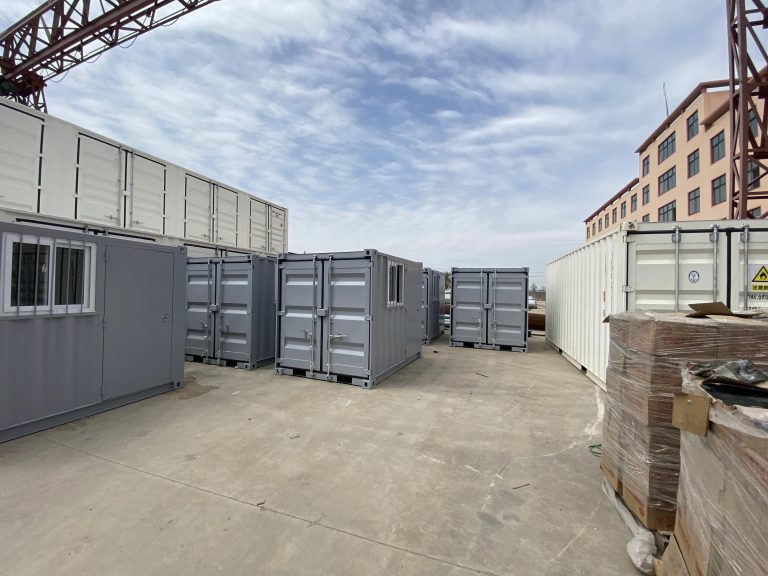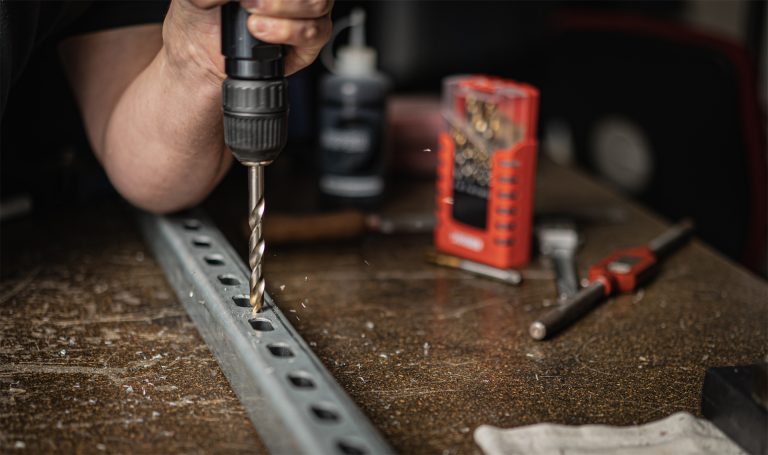The application of steel structure in the construction industry to improve building construction safety standards
Table of Contents
Advantages of Using Steel Structures in Building Construction for Enhanced Safety Standards
Steel structures have long been a popular choice in the construction industry due to their numerous advantages. One of the key benefits of using steel structures in building construction is the enhanced safety standards they provide. Steel is known for its strength and durability, making it an ideal material for ensuring the safety and stability of buildings.
One of the main advantages of using steel structures in building construction is their ability to withstand extreme weather conditions. Steel is highly resistant to corrosion, which means that it can withstand harsh weather elements such as rain, snow, and wind. This makes steel structures a reliable choice for buildings in areas prone to natural disasters such as hurricanes or earthquakes.
In addition to their durability, steel structures are also fire-resistant. Steel does not burn, which means that it can help prevent the spread of fires in buildings. This is crucial for ensuring the safety of occupants and minimizing damage in the event of a fire. By using steel structures in building construction, builders can significantly improve the safety standards of their projects.
Furthermore, steel structures are known for their flexibility and versatility. Steel can be easily molded and shaped into various designs, making it a versatile material for building construction. This flexibility allows architects and builders to create innovative and unique designs that meet the specific needs of their projects. By using steel structures, builders can ensure that their buildings are not only safe but also aesthetically pleasing.

Another advantage of using steel structures in building construction is their cost-effectiveness. While steel may have a higher initial cost compared to other building materials, its long-term benefits far outweigh the upfront investment. Steel structures require minimal maintenance and have a longer lifespan than traditional building materials, which can result in significant cost savings over time. Additionally, steel structures can be erected quickly, reducing construction time and labor costs.
In conclusion, the application of steel structures in the construction industry has proven to be an effective way to improve building construction safety standards. Steel structures offer numerous advantages, including durability, fire resistance, flexibility, and cost-effectiveness. By using steel in building construction, builders can ensure the safety and stability of their projects while also creating innovative and aesthetically pleasing designs. Overall, steel structures are a reliable and efficient choice for enhancing safety standards in building construction.
Key Considerations for Implementing Steel Structures in Construction Projects to Ensure Safety Compliance
Steel structures have long been a popular choice in the construction industry due to their durability, strength, and versatility. In recent years, there has been a growing emphasis on the importance of safety in construction projects, leading to an increased use of steel structures to improve building construction safety standards. When implementing steel structures in construction projects, there are several key considerations that must be taken into account to ensure safety compliance.
One of the primary benefits of using steel structures in construction is their ability to withstand extreme weather conditions and natural disasters. Steel is a highly resilient material that can resist high winds, earthquakes, and fires, making it an ideal choice for buildings in areas prone to these hazards. By incorporating steel structures into construction projects, builders can significantly reduce the risk of structural failure and ensure the safety of occupants.
In addition to their durability, steel structures are also known for their flexibility and ease of construction. Steel beams and columns can be prefabricated off-site and assembled quickly on-site, reducing construction time and labor costs. This efficiency not only improves project timelines but also minimizes the risk of accidents and injuries on the job site. By streamlining the construction process with steel structures, builders can create a safer working environment for their employees and subcontractors.
Another key consideration for implementing steel structures in construction projects is the importance of proper design and engineering. Steel structures must be carefully planned and engineered to meet building codes and safety regulations. Structural engineers play a crucial role in ensuring that steel buildings are designed to withstand the loads and stresses they will be subjected to during their lifespan. By working closely with experienced engineers, builders can ensure that their steel structures are safe, stable, and compliant with industry standards.
Furthermore, the quality of materials and construction practices used in steel structures can have a significant impact on building safety. It is essential to source high-quality steel materials from reputable suppliers and manufacturers to ensure the structural integrity of the building. Additionally, construction crews must follow best practices and safety protocols when assembling steel structures to prevent accidents and ensure the stability of the building. By prioritizing quality materials and construction practices, builders can enhance the safety and longevity of their steel structures.
Regular maintenance and inspections are also critical for ensuring the safety of steel structures in construction projects. Over time, steel buildings may be subject to wear and tear, corrosion, and other structural issues that can compromise their safety. Regular inspections by qualified professionals can help identify potential problems early on and address them before they escalate into serious safety hazards. By implementing a proactive maintenance plan for steel structures, builders can prolong the lifespan of their buildings and maintain a safe environment for occupants.
In conclusion, the application of steel structures in the construction industry has become increasingly important for improving building construction safety standards. By considering key factors such as durability, design, materials, construction practices, and maintenance, builders can ensure that their steel structures are safe, stable, and compliant with industry regulations. With proper planning and attention to detail, steel structures can enhance the safety of construction projects and create a secure environment for occupants and workers alike.

